It should not be so exciting to eat a breakfast quesadilla in your car.
But this quesadilla was from Wawa, this Wawa hosted a Tesla Supercharger, and this car was the 2023 Chevrolet Bolt EUV, hooked up to that Supercharger through an NACS/CCS adapter. More than a year after GM’s switch to NACS was announced, and following some Tesla internal chaos that made it seem like a dead deal, Tesla unlocked access to its conveniently placed EV charging stations to General Motors cars in late September. It wasn’t every Supercharger, but it was more than 17,000 spots, many in places that were previously dark zones in any road trip plan.
I bought my car knowing that road trips would be an infrequent but real inconvenience. With Tesla’s network available now, the anxiety of rolling the CCS dice in unknown lands has lessened considerably. To understand just how this feels, you must first hear about the Before Times.
Lots of Apps, Few Guarantees
I’ve had my Bolt for a little over a year now, completing four road trips that required DC Fast Charging (DCFC). “Fast” is a misnomer with the Bolt, the slowest-charging modern EV, forcing you to plan across battery levels, nearby amenities, pets, and guesses at crowd timing. Every night before a long ride, I’m pinching, zooming, and stressing inside A Better Route Planner, PlugShare, and Google Maps reviews, asking myself if a ChargePoint in a brewery parking lot will deliver 7 or 9 kilowatts per hour.
Despite all this groundwork, I have amassed an impressive collection of fast-charging scars in a year’s time:
- Three different highway stops on Thanksgiving weekend with multi-car lines, endangering our pick-up time at dog boarding
- An Electrify America station where a single car’s terrible parking made every other car occupy two working plug spaces
- Excessive exposure to outlet malls, the EV honeypots with the most reliably working non-Tesla chargers
- A single ChargePoint level 2 charger working (after a long delay) out of four in a hotel parking lot, the only charging spot on a vacation island.
- A state-sponsored EV charging spot where two out of five plugs worked, then only one after a mid-charge failure, where a man heading to a Dave Matthews concert begged me to swap this last spot with him so his wife wouldn’t miss the band’s opening song.
It almost doesn’t matter exactly why or how a non-Tesla charger refuses to work. Damaged cables or plugs, busted screens, cellular data drops, app issues, electrical faults—whatever the reason, it will never get fixed in that moment by calling the support number, and now you need a backup plan.
This is how I think Supercharger access is most useful to us, the wretched of the EV earth: a robust backup plan for those tired of the alternatives. Plugging into the country’s most established network requires a none-too-cheap adapter (or finding a rare “Magic Dock” station). You have to find a way to connect a very short cable meant for a specific driver-side, rear-end location to your port. On the Bolt, that’s the middle-front-left, just ahead of the door, possibly the worst place for these cables. You can only charge at third- and fourth-generation chargers. And you have to pay whatever Tesla decides to charge us nonmembers, which is usually on the costlier side (I’ve paid $0.48 and $0.53 per kilowatt-hour).
No More Car Dealership Chargers
But it’s hard to argue with the locations and reliability of those bright red rectangles. On my most recent trip from Washington, DC, to the Outer Banks of North Carolina, I planned a longer charging stop on the way down at an EVgo in Williamsburg, Virginia, near a shopping plaza with a Target. This worked out because we needed some groceries for the trip. But only two of four chargers were working (after I wasted 5 minutes trying to make a green-in-the-app third station work). Had I wanted to save 11 minutes and up my chances a lot by having 12 stalls to pick from, I could have instead chosen a Tesla Supercharger farther down the road I was already on.
Tesla Superchargers tend to be located along highways, near places with restrooms or snacks or shopping, and the Tesla app seems to keep up on how many stalls are occupied and working. With every other network or multibrand app, you’re doing a lot of guessing, which is the bane of road-trip planning. What seems better: Hoping that the very fast 250-kW charger Plugshare shows at a car dealership is available at 9 am on a Sunday, or driving 15 minutes out of your way to a Walmart and waiting your turn? Follow-up question: Have you ever willingly spent 30 minutes at a car dealership when you already own a working car?
The Proof Is in the Plugging
This kind of thinking spurred me to try some Tesla charging on the way back. I bought an A2Z Typhoon Pro adapter, based on its solid reviews and fast shipping. It also cost notably less than GM’s $225 charger after a coupon code, the GM model was backordered into November, and Chevrolet’s app suggested I’d have to pick it up at a dealer. Before I could use any adapter, though, I had to find a spot. The spots are the hard part.
At my first stop, a Wawa, every other spot out of eight total was taken, and the one stall that lined up to the side of the car was occupied by a family that told me they would be there 50 minutes. I pulled up in an empty space, tried to stretch its cable, but it wasn’t even close. I pulled away, parked, and started looking for my next stop. Soon after, the father of the 50-minute family appeared in my window. I steeled myself for some kind of lecture, teasing, or maybe political discourse.
“You know, you could actually pull up, like, sideways, behind those plugs, and I think it would work,” the father said. He was right; there was nothing behind these Supercharger stations but more parking, and it was empty. I pulled up, plugged in the adapter (quick review: rock solid), pulled over the cord, opened the app, selected the station and charger number, and tapped. Less than 30 seconds later, the juice was flowing. No screens or two plugs sharing one power source, just power.

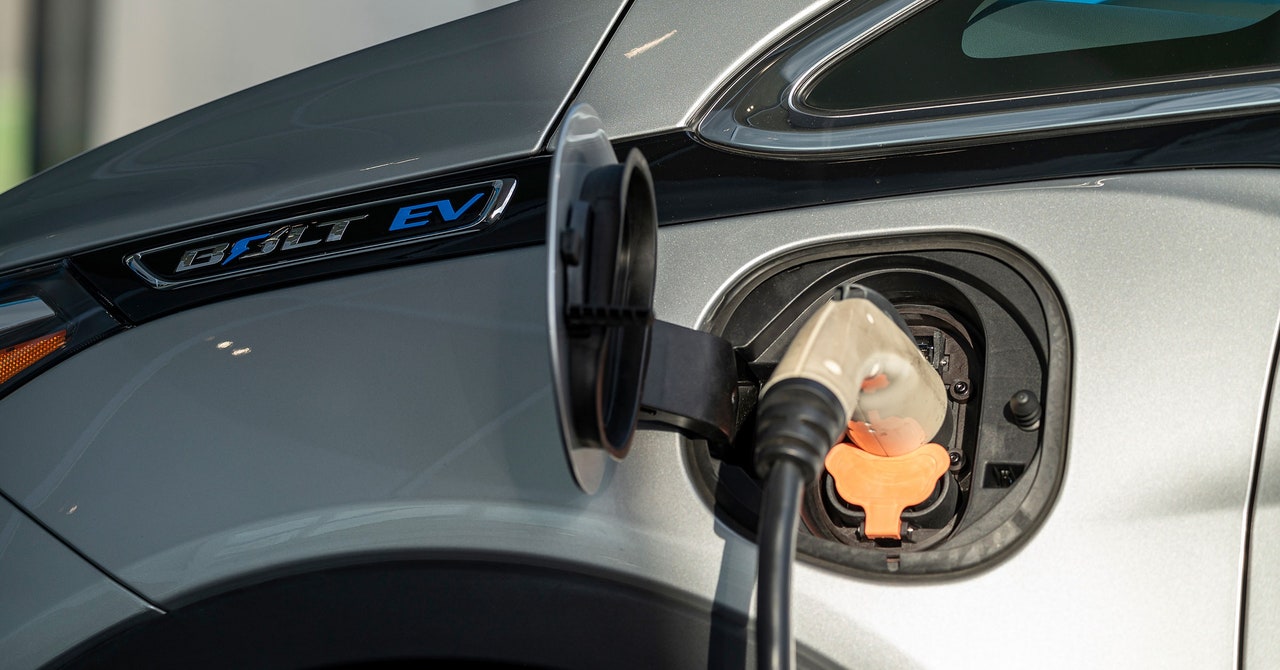

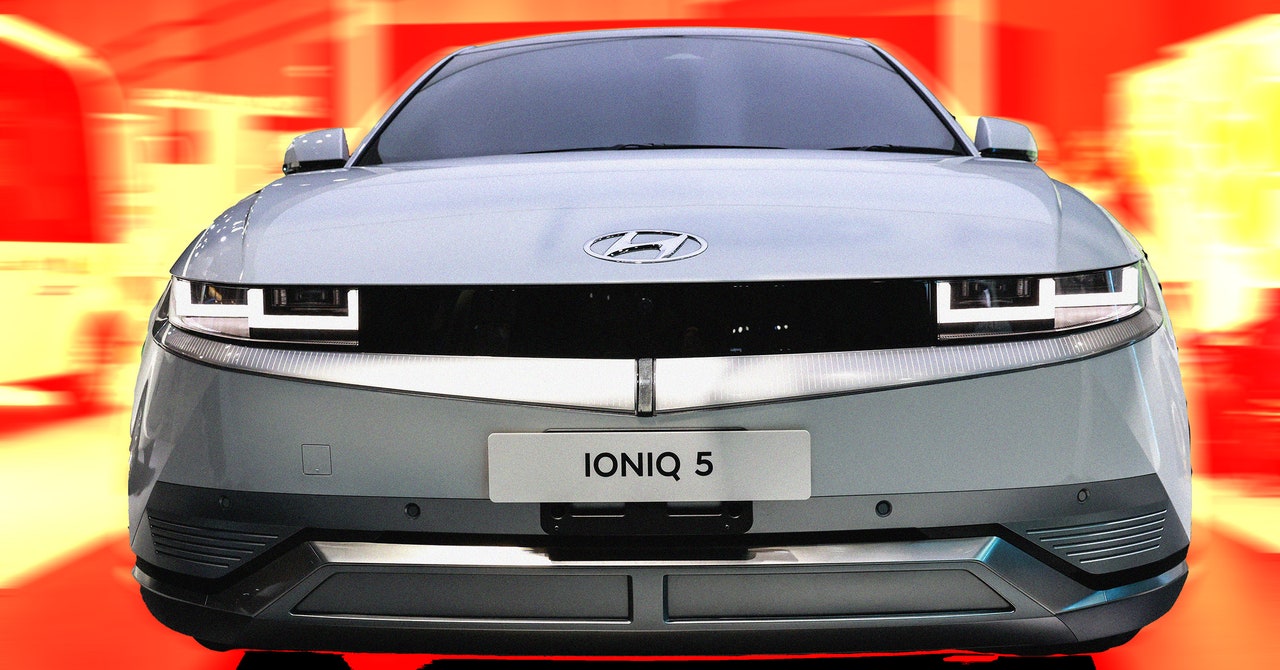


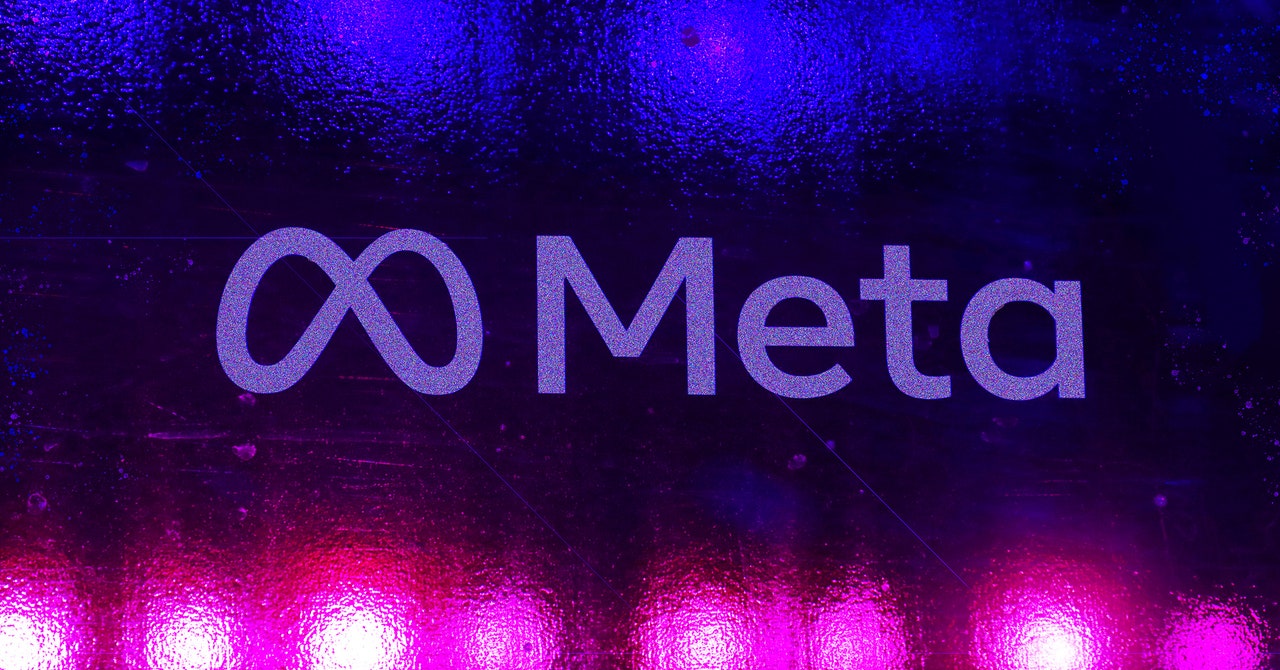

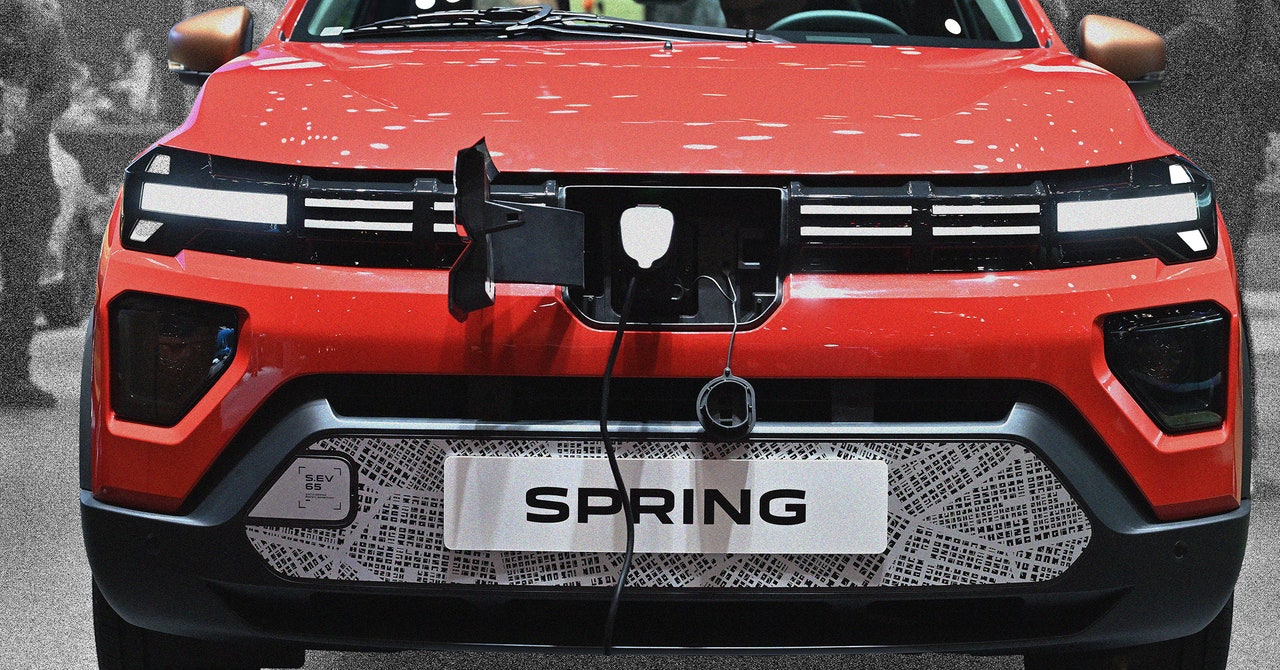


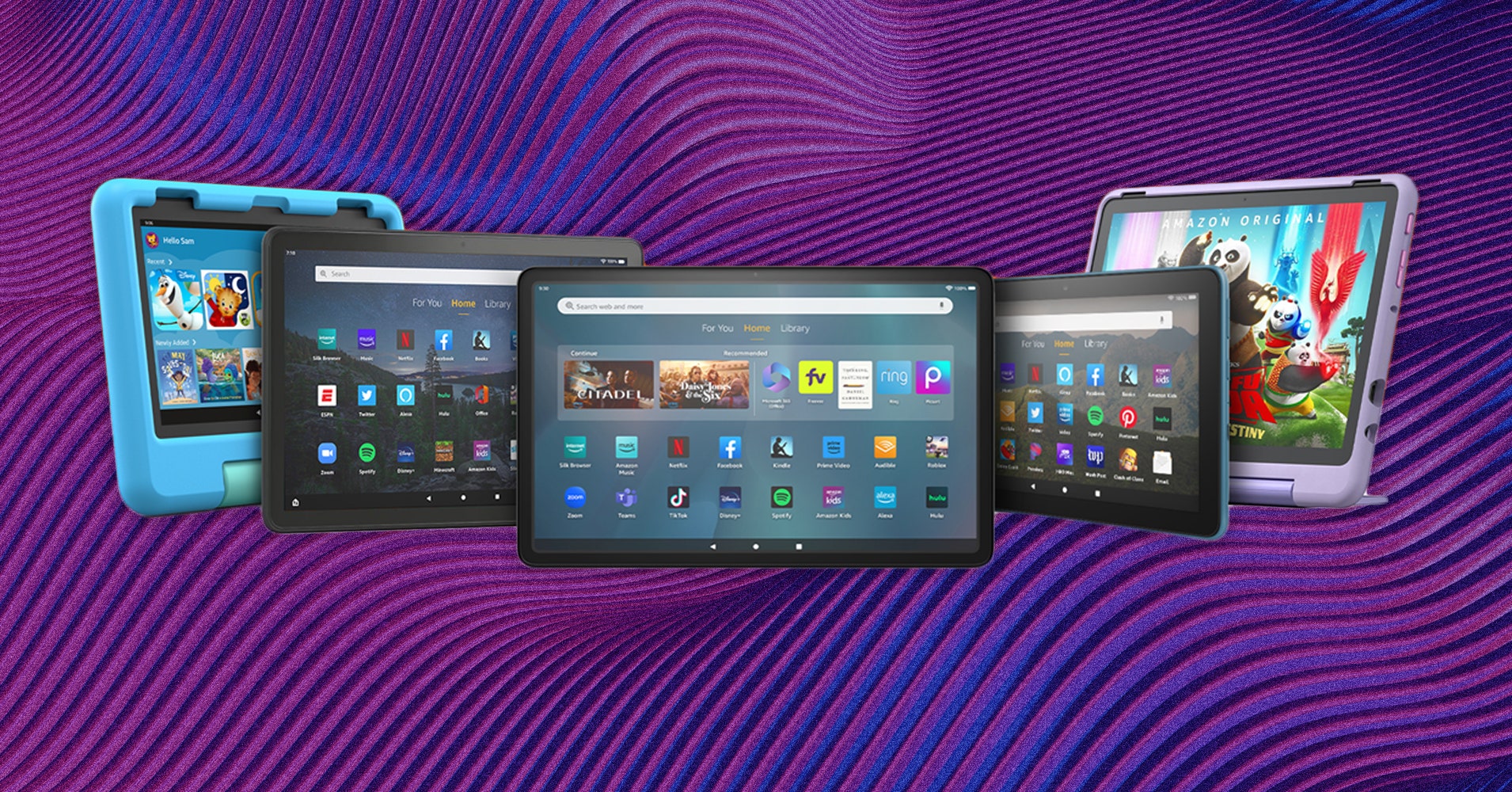
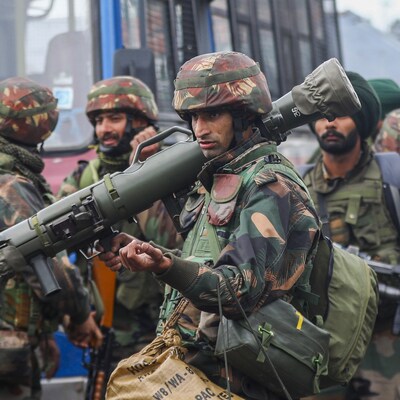
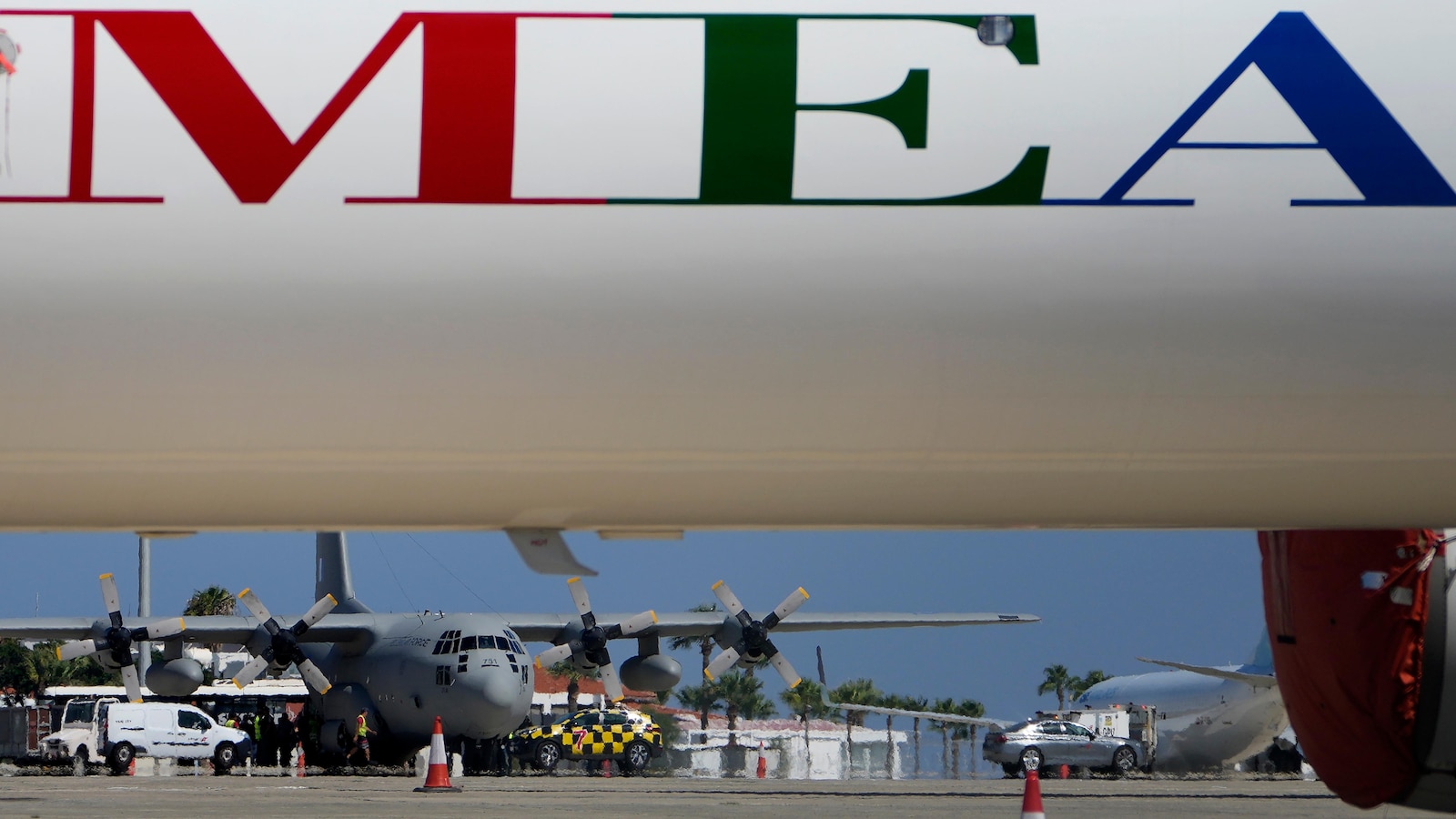
Leave a Reply